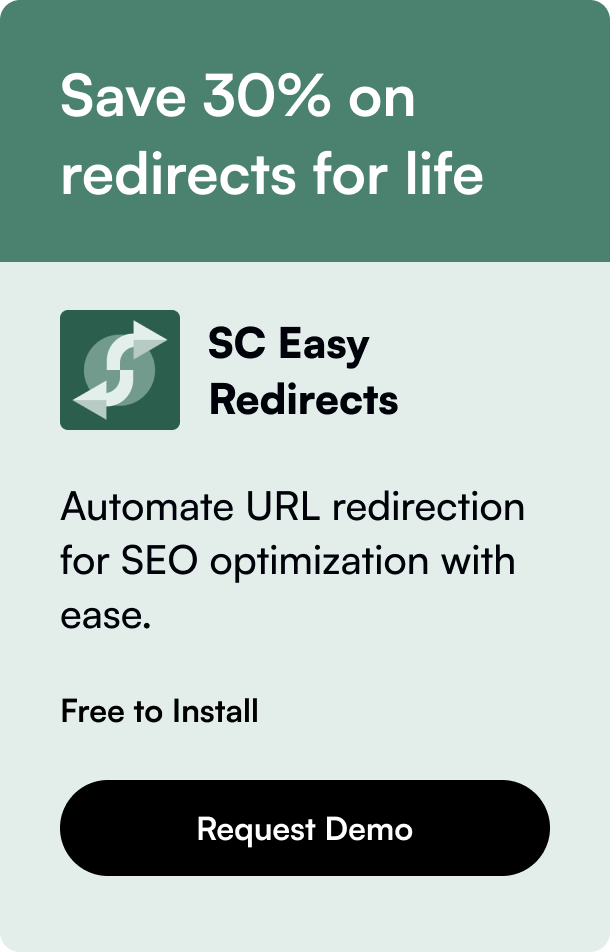Table of Contents
- Introduction
- Why Integrate Shopify with Amazon?
- Meeting Integration Criteria
- Step-by-Step Integration Process
- FAQ Section:
Introduction
Have you considered the idea of linking your online store to the world's most extensive marketplace, Amazon? If you're the proud owner of a Shopify store and looking to amplify your reach and sales, integrating with Amazon could be the strategic advancement you've been seeking. It's a step that doesn't only promise increased visibility but also opens the door to interacting with a massive audience of potential buyers.
In this post, we'll guide you through why integrating your Shopify store with Amazon can be a powerful move, what prerequisites you need to meet, and a clear, actionable path to making this a reality.
Why Integrate Shopify with Amazon?
Integrating your Shopify store with Amazon can result in remarkable benefits:
- Enhanced Reach: Access Amazon's colossal customer base and tap into new demographic segments and geographic markets.
- Increased Sales Potential: Listing on Amazon places your products in front of an audience with high purchase intent, often leading to higher conversion rates.
- Data Insights: Harvesting combined data from both platforms can lead to informed marketing strategies and smart product decisions.
- Risk Mitigation: By diversifying sales channels, you're not putting all your commercial eggs in one basket in case of the unexpected.
- Stock Synchronization: Efficiently manage your inventory across platforms without the headache of manual updates.
Meeting Integration Criteria
Before commencing your integration process, you need to ensure eligibility. Typically, you'd require:
- An active Shopify store with products already listed.
- An Amazon Seller account—preferably a Professional level if you're serious about volume selling.
- UPCs or EANs for your products, unless you're under Amazon's Brand Registry.
- Compliance with Amazon's category and product restrictions where necessary.
Step-by-Step Integration Process
-
Amazon Professional Seller Account: If you haven't got one, the initial stage involves setting this up. Go through Amazon's seller registration, keeping critical details at the ready: business information, bank details, and tax information.
-
Check on Approval Needs: Certain product categories on Amazon need prior approval. Investigate whether your products fall into these classifications and seek approval if they do.
-
Finding the Right App: Shopify's direct integration might be off the table, but there's a host of third-party apps available in the Shopify App Store to bridge this gap. Choose an integration app like Amazon Integration Plus, Amazon by Codisto, or Amazon by CedCommerce, and install it on your platform.
-
Linking up the Accounts: Follow the app's setup process to connect your Shopify and Amazon accounts, ensuring that product details and preferences are aligned across both platforms.
-
Fine-Tuning Your Settings: Configure your settings regarding product details and synchronization features. The goal here is to make your operation as automated and seamless as possible.
-
Synchronize Your Inventory: Use your chosen app's solutions to align your product stock levels between Shopify and Amazon, preventing any potential overselling or stock discrepancies.
-
Manage Your Orders: Set up your system to allow for centralized order management. Depending on your app, you might be able to process Amazon orders right inside your Shopify interface.
-
Testing the Integration: Before going full steam ahead, it's prudent to test the integration with a few products to ensure everything works smoothly—stock is synced, orders are processed, and the shopping experience remains unhampered.
-
Monitoring and Adjusting: Post-integration, a continuous monitoring process is essential to ensure that everything operates without hitches. Track your performance on both platforms and make adjustments to optimize your sales and operations.
-
Leverage the Data: With access to consumer behavior patterns from both Shopify and Amazon, analyze this data to create targeted marketing campaigns and adjust your inventory based on what's selling best where.
FAQ Section:
Q: Do I need a separate inventory for Amazon and Shopify?
A: Not necessarily. Integration apps can link your inventory across both platforms, adjusting the stock levels automatically based on sales from either channel.
Q: How often should I update my product listings?
A: With the correct setup, this can be an automated process. However, regular checks are recommended to ensure your listings stay optimized for keywords and consumer trends.
Q: Can I handle Amazon returns through Shopify?
A: Yes, most third-party integration apps support the management of returns from Amazon within the Shopify interface.
Q: Will integrating with Amazon impact my Shopify branding?
A: While your branding might not be as prominent on Amazon, it won't negatively affect the branding efforts on your own Shopify site.
Q: Are there any specific Shopify theme requirements for Amazon integration?
A: No, there are no particular theme requirements for this integration as the process typically happens in the backend. However, maintaining a responsive and user-friendly Shopify theme is crucial for customer retention.
If you're ready to leverage the perks of Amazon's vast marketplace while maintaining the charm of your Shopify storefront, integrating the two could redefine your e-commerce journey. By carefully selecting your integration tools and mindfully managing your products across these platforms, your business can reach new heights of online retail success.








